Day 7: Our Last day at Junagadh, one of the best places in Gujarat. I had to visit the famous Makbaras, hence I woke early and left the hotel at 9:00 am. Mohabbat Maqbara Palace, also Mausoleum of Bahauddin Hasain, is a mausoleum in Junagadh, India, that was once home to the Nawabs of Junagadh. Its striking art and architecture make it one of the city’s most important historical landmarks. It is also one of the city’s oldest Mughal monuments. Started in 1878 by Mohabbat Khanji and completed in 1892 by his successor, Bahadur Kanji, the Mohabbat Maqbara houses the tombs of Mohabbat Khanji and Bahauddin Maqbara of Bahaduddin Hasain, vizir of Nawab Rasul Khanji. The yellow mausoleum, Mohabbat Maqbara, is a masterpiece of its kind with finely designed arches, vertical columns and elaborate stone carvings on the walls and windows. Its silver-decorated portals, the winding staircases encircling its four tall minarets, the old step-well in the grounds, and its onion-shaped dome contribute to its splendor.
We started at 10:00 am from Junagadh and reached Lothal Site at 4:00 pm. Lothal is one of the most prominent cities of the ancient Indus valley civilisation. It is located in Bhal region of the modern state of Gujarat. Discovered in 1954, Lothal was excavated from 13 February 1955 to 19 May 1960 by the Archaeological Survey of India (ASI), the official Indian government agency for the preservation of ancient monuments. Lothal’s dock, the world’s earliest known, connected the city to an ancient course of the Sabarmati river on the trade route between Harappan cities in Sindh and the peninsula of Saurashtra when the surrounding Kutch desert of today was a part of the Arabian Sea. It was a vital and thriving trade centre in ancient times, with its trade of beads, gems and valuable ornaments reaching the far corners of West Asia and Africa. The techniques and tools they pioneered for bead-making and in metallurgy have stood the test of time for over 4000 years. Lothal is situated near the village of Saragwala in the Dholka Taluka of Ahmedabad district. It is six kilometres (south-east) of the Lothal-Bhurkhi railway station on the Ahmedabad-Bhavnagar railway line. It is also connected by all-weather roads to the cities of Ahmedabad (85 km/53 mi), Bhavnagar, Rajkot and Dholka. The nearest cities are Dholka and Bagodara. Resuming excavation in 1961, archaeologists unearthed trenches sunk on the northern, eastern and western flanks of the mound, bringing to light the inlet channels and nullah connecting the dock with the river. The findings consist of a mound, a township, a marketplace, and the dock. Adjacent to the excavated areas stands the Archaeological Museum, where some of the most prominent collections of Indus-era antiquities in India are displayed. We then reached Uncle’s home in Vadodara at 6:30 pm.
Day 8: We started at 10:00 am from Vadodara and reached Mumbai at 5:30 pm. On the way we had lunch at Sugar and Spice, the best restaurant on that route.
Toll Expenses on the way from Vadodara to Mumbai
L&T Vadodara Bharuch toll- Rs. 80
IDAA Infrastructure Bharuch Surat toll- Rs. 60
IRB Surat Dahisar Boriach toll- Rs. 49
IRB Surat Dahisar Bhagwada toll- Rs. 56
IRB Surat Dahisar Charoti toll- Rs. 51
IRB Surat Dahisar Khaniwade toll- Rs. 56
MSRDC toll- Rs. 20
Thane toll- Rs. 30
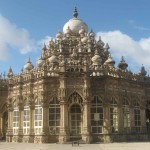
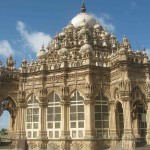
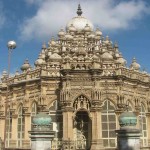

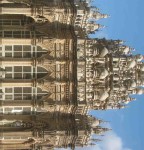
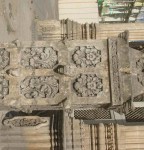
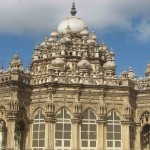
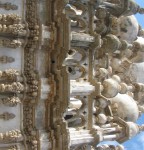
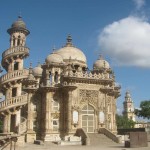
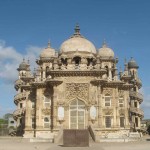
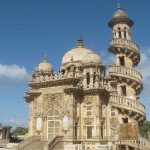
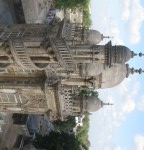
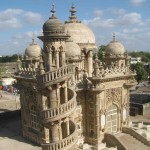
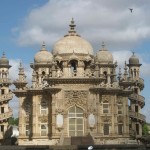
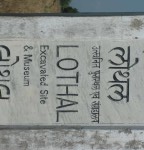
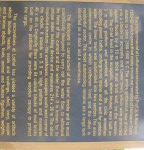
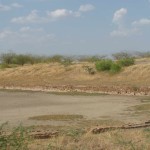

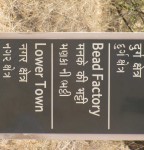
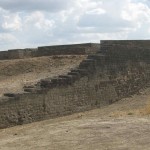

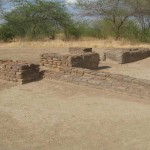
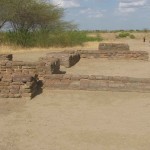
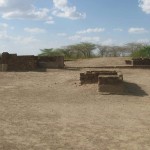
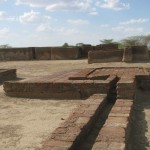
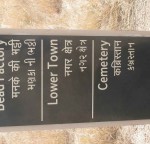
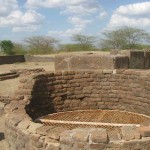
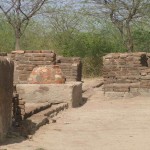
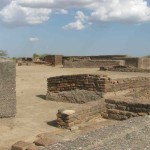
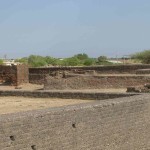
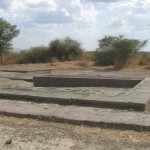
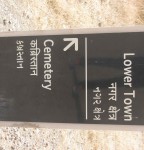
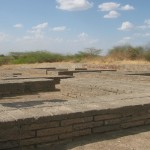
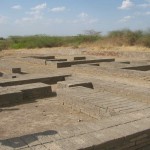

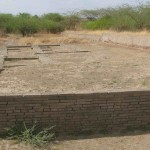
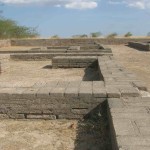
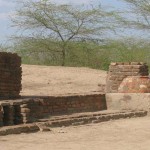
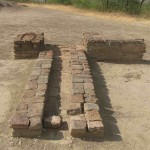
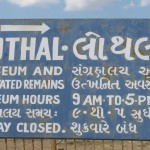
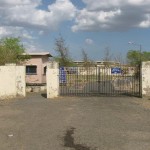
Next Post: Advantages of staying in a Homestay & How to save money on Air Travel

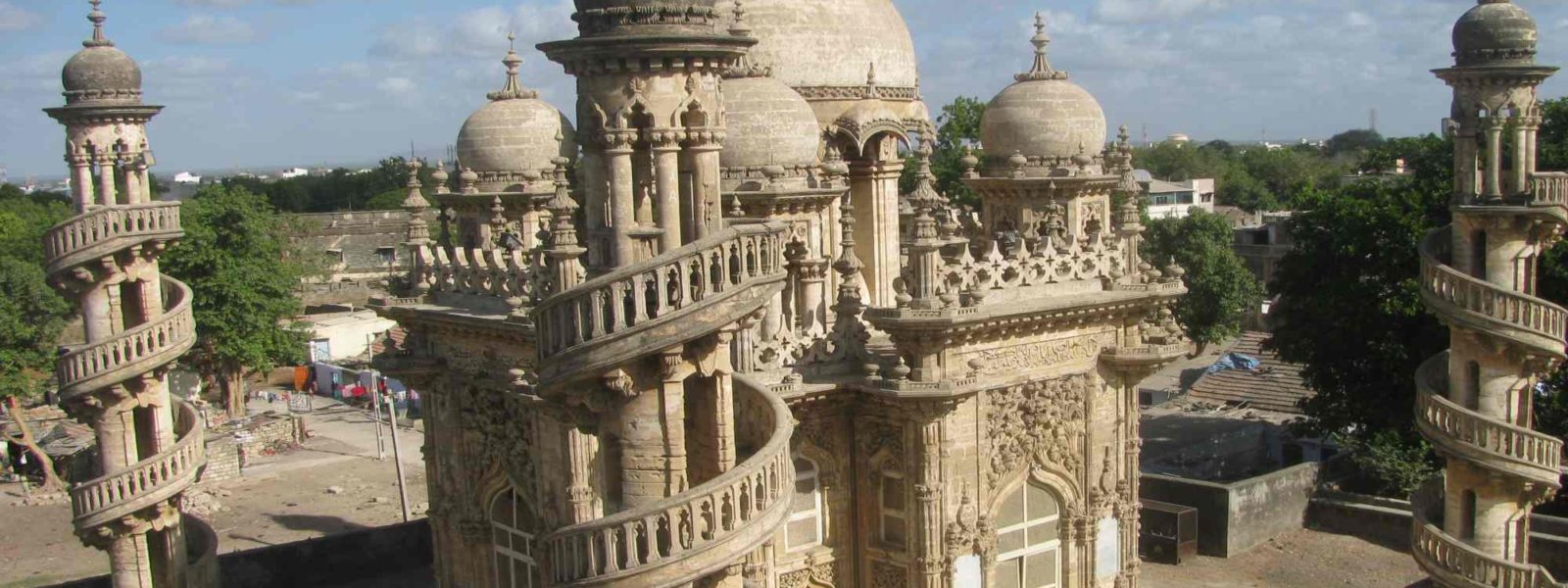
3 Replies to “Vadodara – Junagadh Trip Day 7 & 8 (Mahabat Makbara, Bahauddin Makbara and Lothal)”
August 18, 2013
September 29, 2013